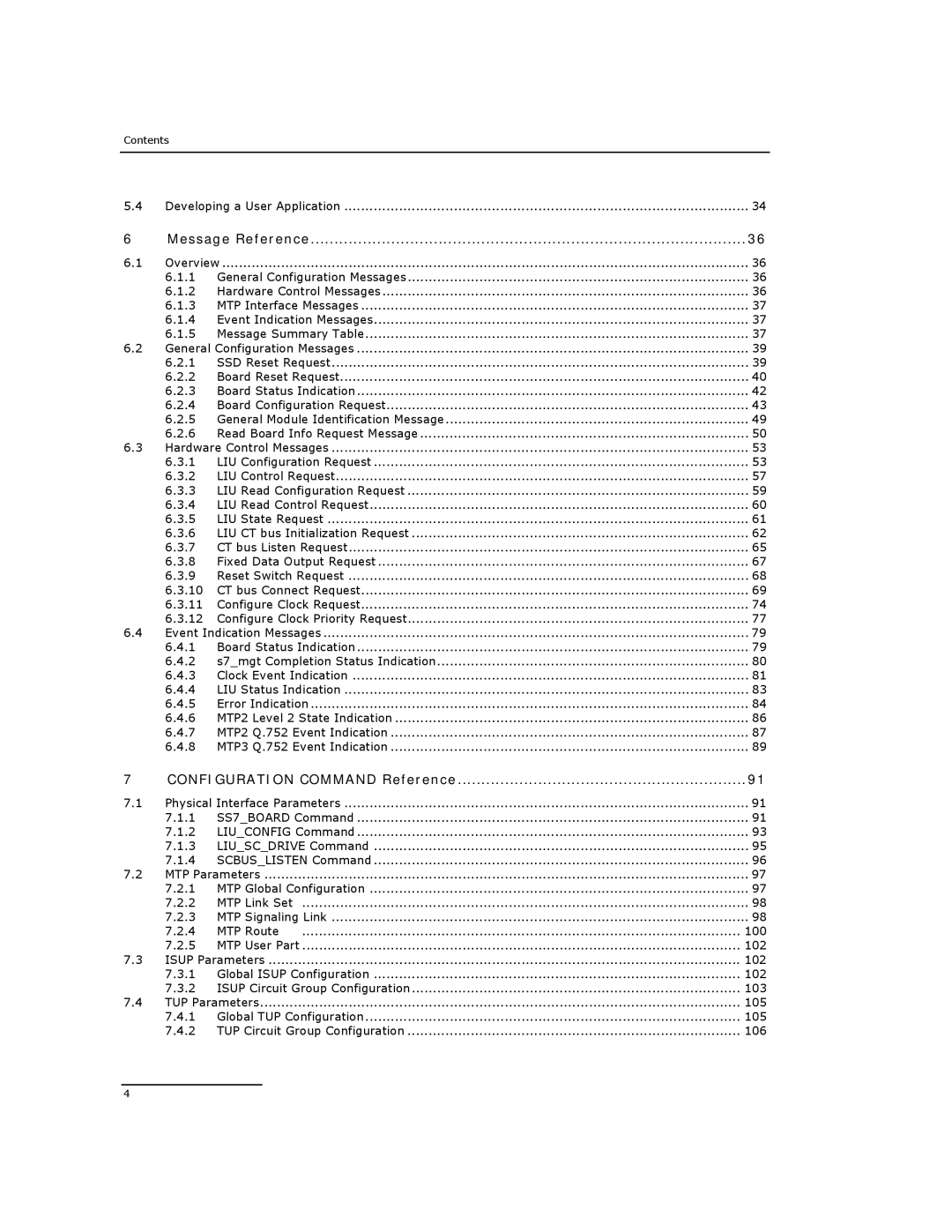DSI SPCI Network Interface Boards specifications
Dialogic DSI SPCI Network Interface Boards are highly advanced and versatile communication solutions tailored for the demands of modern telephony and multimedia applications. These boards are designed to efficiently process voice, data, and signaling, making them an essential component for businesses looking to enhance their communication capabilities.One of the standout features of the Dialogic DSI SPCI boards is their ability to handle multiple telephony protocols. This flexibility allows users to connect to various network types, whether PSTN, VoIP, or legacy systems, ensuring seamless interoperability. The boards support industry-standard protocols such as ISDN, SS7, and SIP, enabling integrated communication across diverse platforms.
The technology behind the Dialogic DSI SPCI boards incorporates state-of-the-art digital signal processing (DSP). This powerful DSP architecture provides efficient encoding and decoding of voice and video signals, leading to enhanced call quality and reduced latency. Moreover, the DSP technology supports advanced codecs, ensuring that voice communication is clear and intelligible, even over bandwidth-limited connections.
Another significant characteristic of these boards is their scalability. Organizations can start with a single board and expand their telecommunication capabilities as their needs grow. This scalability makes them suitable for a wide range of applications, from small businesses to large enterprises, allowing for easy integration into existing infrastructures.
In addition to their powerful processing capabilities, Dialogic DSI SPCI boards also prioritize reliability and robustness. They are designed with a focus on fault tolerance, ensuring that telephony services remain uninterrupted even in the event of hardware failure. This resilience is critical for mission-critical applications where downtime can lead to significant revenue loss.
Furthermore, the boards feature extensive application development support. Developers can leverage the Dialogic API and various development kits to create custom telephony applications that meet specific business requirements. This programmability opens the door to innovative solutions, such as interactive voice response (IVR) systems, automated call distribution (ACD), and customer relationship management (CRM) integration.
In summary, Dialogic DSI SPCI Network Interface Boards are a cornerstone for organizations looking to innovate their telecommunication systems. With their support for multiple protocols, advanced DSP technology, scalability, reliability, and development support, these boards empower businesses to optimize their communication strategies and adapt to the evolving landscape of digital interaction.

